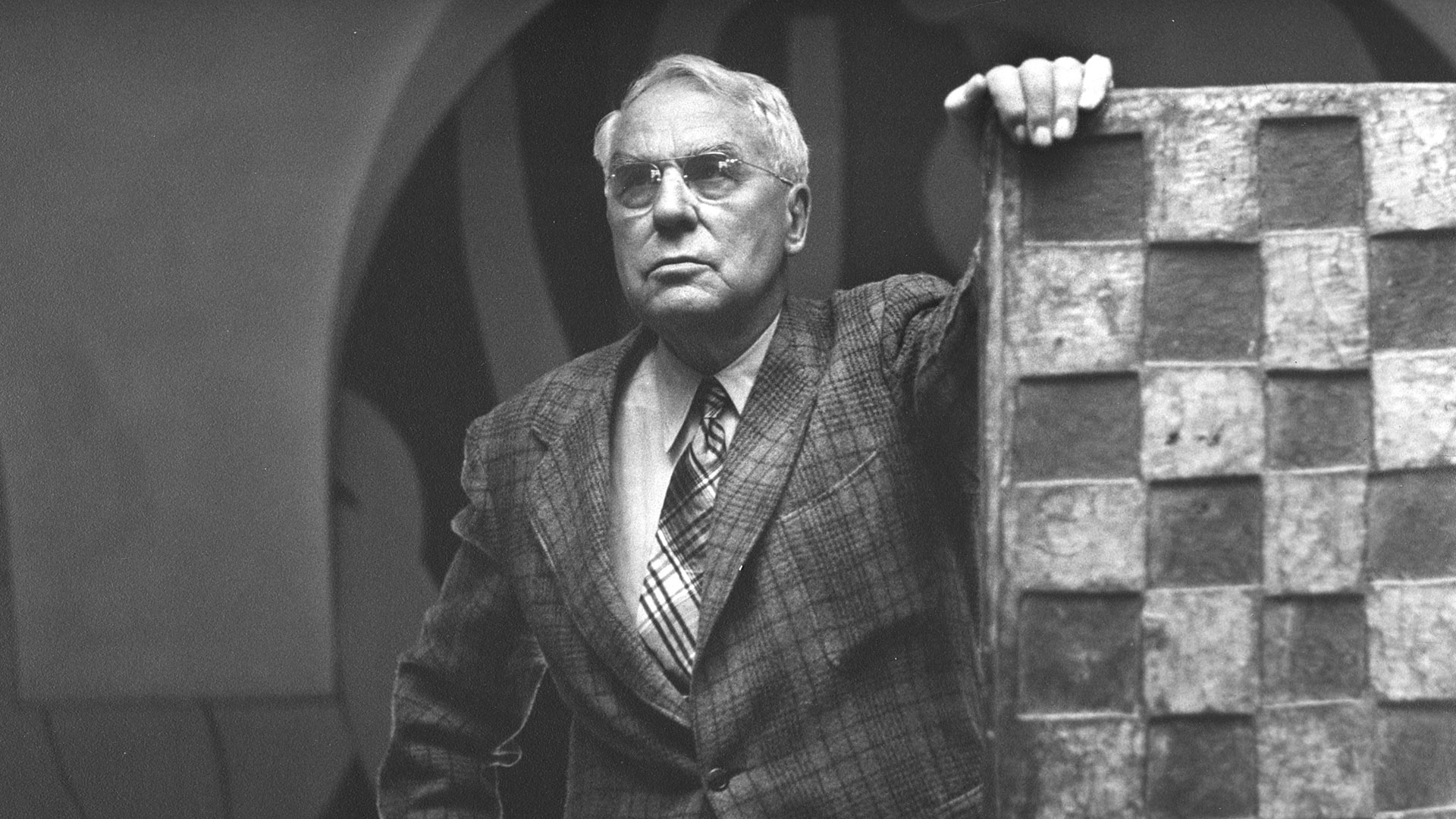By Chlotrudis Independent Film Society
Rating: 3.5 cats
Director: Don Argott

Country: united_states
Year: 2010
Running time: 101
IMDB: http://www.imdb.com/title/tt1326733/
Bruce says: “In 1922, rebuffed and ridiculed by art critics – the Philadelphia Inquirer in particular – and many of the wealthy Philadelphians who supported the arts, Dr. Albert Barnes hired John G. Johnson, one of the best lawyers and a fellow art collector, to lay down the provisions for the Barnes Foundation. His purpose was to ensure that those who ran the city would never get their hands on the art. Barnes’ wishes were clear: the foundation the collection was never to be open to the public for more than two days per week; the artworks could never be loaned; the artworks could never be sold. The Barnes has one of the most impressive collections of Impressionistic and post-Impressionistic art counting among the collection 59 Matisses, 69 Cezannes, 46 Picassos. 18 Rousseaus, 7 Van Goghs, 4 Manets, 4 Monets and 181 Renoirs. Barnes grouped his paintings from floor to ceiling according to his own aesthetics rather than grouping them thematically or chronologically. This eccentric display adds to the allure.
“Barnes was instantly killed in a car crash in 1951 and his assistant Violette de Mazia took the helm of the Barnes Foundation for the next twenty years. Primarily an educator, de Mazia was not particularly focused on the business aspects or what would happen in the years following her death. Albert Barnes made an error in judgment when he named Lincoln University, a black college, as the trustee for the Barnes Foundation. A state-run school, the five Lincoln trustees were less than diligent in planning and forecasting the Foundation’s future.
“By the 1990’s the Foundation found itself in disrepair and short of funds. When the Foundation tried to open the Barnes to more visitors, the local population of Merion PA exploded. They did not want cars and buses in their neighborhood. Costly lawsuits followed. In 1992 Richard Glanton, President of the Barnes, shattered the trust agreement and allowed 83 paintings to tour Paris, New York, Toyko, Washington DC and the Philadelphia Museum. The show was a hit and raised millions, much of which was gone after repairs and legal battles were fought. The Barnes looked for an angel to save it but none stepped forward.
“Meanwhile the Pew Foundation, the Annenberg Foundation and the Lenfest Foundation bonded together in an all-out effort to move the Barnes to central Philadelphia on Benjamin Franklin Parkway across from the Philadelphia Museum. In what appears to be a thinly disguised conspiracy of those who run the foundations and the politically well-connected in Pennsylvania, the deed was accomplished primarily by expanding the Board of Trustees for the Barnes and filling those positions with those favorable to the move. Too late, the townspeople of Merion fought to keep the museum where it rightfully should be. They should have thought of the consequences of their earlier actions.
“The premise of THE ART OF THE STEAL is that what happened is cultural vandalism. To date, not one of the provisions in the 1922 Foundation charter is being honored. Clever legal maneuvering has dismissed them one by one. That alone is a disturbing turn of events. The film is convincing in its arguments, much like a closing argument should be in a court of law. What is disturbing about the film is that there are no third party experts solicited who disagree with the filmmakers (and I personally know there are some.)
“The fact is that, although Barnes was most specific in dictating his wishes, he was quite foolish is choosing how they were to be preserved and honored. By putting the trusteeship in hands that (i) lacked expertise, (ii) were beholding to public interests and (iii) did not guarantee unbiased performance in the long run, Barnes essentially sabotaged himself. The purpose of documentaries like THE ART OF THE STEAL is to bring the viewer around to the filmmaker’s point of view. After thinking it through, I’m on the fence. 3 1/2 cats
(THE ART OF THE STEAL screened at the 2009 Toronto International Film Festival.)”
